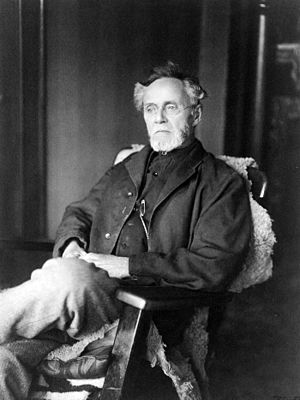Frequently asked Questions about treatment by an osteopath
What can I expect when I visit an osteopath?
When you visit an osteopath a thorough case history and a physical assessment (moving the body’s joints through normal range of motion and palpation) will be carried out.
Further orthopaedic and neurologic testing may also be conducted, and if required a referral for medical imaging (x-ray, ultrasound, MRI, CT etc.) may be necessary to assist in forming an accurate diagnosis.
Once a diagnosis has been made, an individualised management plan will be developed to meet your needs.
What do I wear to my osteopathy appointment?
It is recommended that you wear comfortable clothing that you can move around in freely. It is not recommended that you wear tight clothing such as jeans, which may restrict your mobility.
How many treatments will I need with an osteopath?
Osteopathy involves a treatment plan specific to you. Your osteopath will give you an indication of the number of treatments you should expect during the initial consultation. For some acute conditions, one or two treatments may be all that is necessary. Chronic conditions may need more treatment initially and ongoing maintenance sessions every 1-2 months.
Do I need a referral from my GP for osteopathy treatment?
Although many GPs do refer people to osteopaths, a referral is not necessary. You can either book an appointment as suits without a referral, or alternatively with a referral from your GP such as Chronic Disease Management Plan (see below).
Can I claim osteopathy treatments on my Private Health Insurance?
Osteopathy is covered by most Private Health Insurance providers. Check with your provider to determine your coverage and the rebates available to you.
Can I claim osteopathy through Medicare?
Osteopathy is covered by Medicare ONLY with referral from your GP through the Chronic Disease Management (CDM) Medicare plan. The Chronic Disease Management plan on the Medicare Benefits Schedule (MBS) enables GPs to plan and coordinate the health care of patients with chronic or terminal medical conditions. The items are designed for patients who require a structured approach to their care as part of their multidisciplinary management plan, which includes management by their GP and at least two other providers.
Where did osteopathy originate?
Andrew Taylor Still was born in 1828 in Virginia, USA. He trained as a medical doctor before developing his own system of health care, away from heroic medicine, the practice of the time. He reasoned that the structure of the body relates to its function, therefore optimal functioning can only occur if the body is structurally at its best. He was able to show, that with manual treatment, he could restore health. It is from this that Dr. Still developed his specialised form of treatment, which he called osteopathy.
 0
0 
